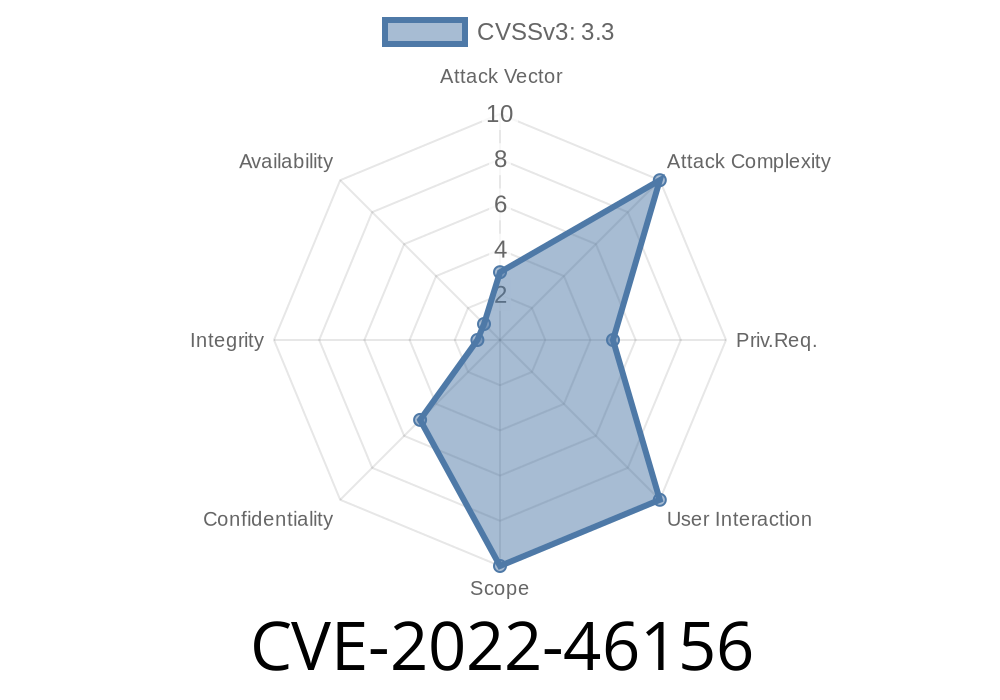The Synthetic Monitoring Agent in Grafana's Synthetic Monitoring application (versions prior to .12.) has a vulnerability that exposes its authentication token through a debugging endpoint. This token can potentially be used to access and retrieve information about the monitoring checks created by the user and assigned to the agent. It is recommended to upgrade to version .12., which contains a fix, and rotate the agent tokens.
Background
Grafana's Synthetic Monitoring application uses Synthetic Monitoring Agent for executing network checks and monitoring remote targets. The agent communicates with the Synthetic Monitoring API using an authentication token. Due to a security flaw in the older versions (prior to .12.), this token can be exposed through a debugging endpoint, resulting in unauthorized access to the user's monitoring checks.
The affected agent versions expose the token through a debug endpoint with the following code
http.Handle("/debug/pprof/", http.HandlerFunc(Index))
The /debug/pprof/ endpoint reveals sensitive data including the authentication token used by the agent.
Find the target application with an exposed endpoint.
2. Send a request to the /debug/pprof/ endpoint to access the exposed information.
3. Extract the token from the exposed data, which can then be used to access the user's monitoring checks.
Mitigation
It is advised to upgrade to Synthetic Monitoring Agent version .12., which includes a fix for this vulnerability. Users are also recommended to rotate the agent tokens. To do this, follow these steps:
Upgrade to version .12. or later.
2. Review the configuration stored in /etc/synthetic-monitoring/synthetic-monitoring-agent.conf.
Update the API_TOKEN variable, which has been renamed to SM_AGENT_API_TOKEN, with a new token.
Additionally, you can limit the exposure of the agent token in previous versions by setting the HTTP listening address using the command line parameter -listen-address, e.g. -listen-address localhost:405.
This will restrict the access to the token by limiting it to localhost or a non-routed network.
References
- Grafana Synthetic Monitoring Documentation
- Synthetic Monitoring Agent GitHub Repository
- CVE-2022-46156 - National Vulnerability Database (NVD)
Conclusion
The token exposure vulnerability in Grafana's Synthetic Monitoring Agent can result in unauthorized access to user monitoring checks. Users should upgrade to version .12. or later and rotate their agent tokens to secure their information. As a workaround for older versions, you can limit the exposure of the token by setting the HTTP listening address appropriately. Always stay vigilant and updated with the latest security fixes to protect your data from potential threats.
Timeline
Published on: 11/30/2022 22:15:00 UTC
Last modified on: 12/05/2022 14:58:00 UTC
